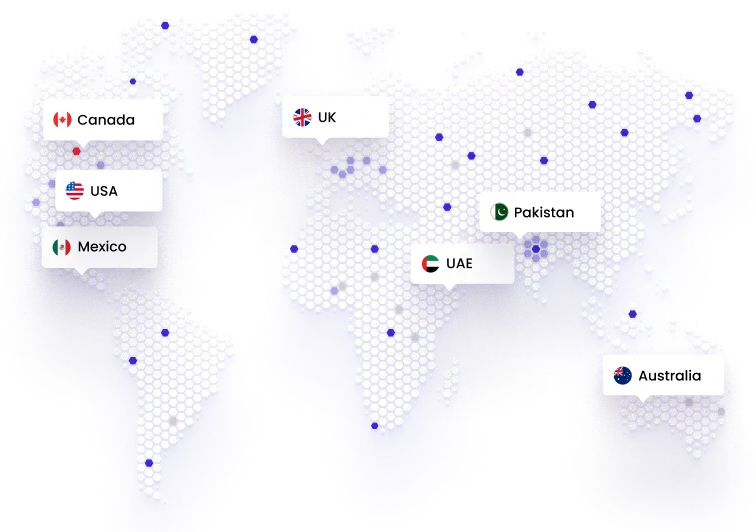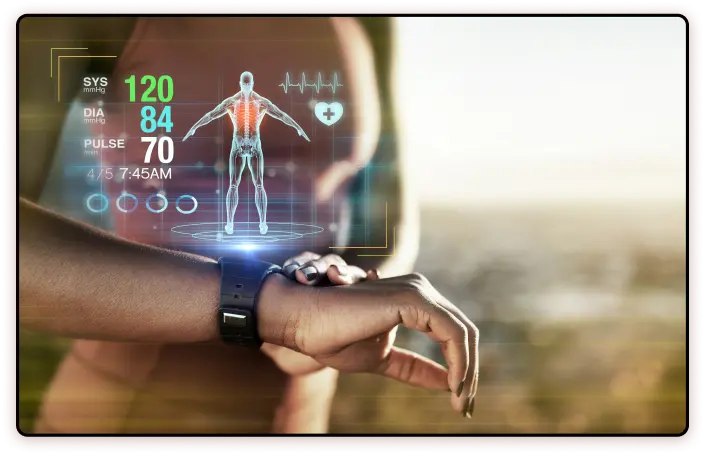Healthcare Wearable App Development for Remote Patient Care
We help medical ventures with wearable app development services. Whether your goal is to improve patient monitoring, streamline operations, or save expenses, our custom wearable apps solve contemporary healthcare’s major problems.
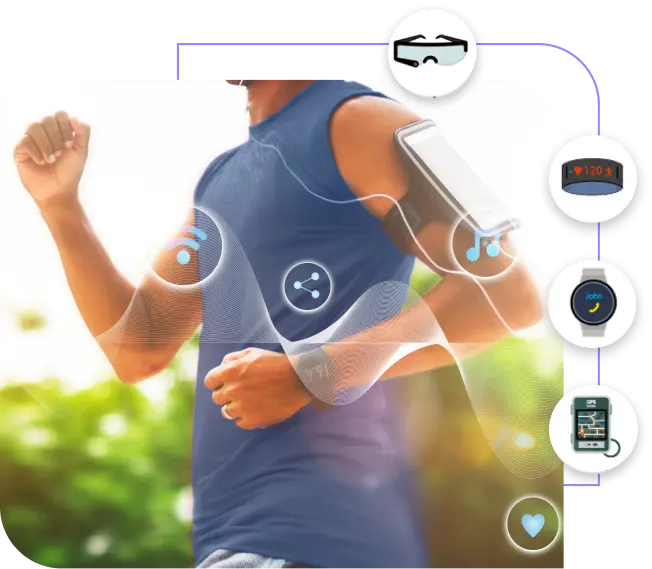
Trusted By
Enterprises & Startups





End-to-End Healthcare Wearable App Development for Medical Devices
EyeWear
Use smart eyewear to give medical practitioners hands-free access to real-time data. You can improve patient interactions and clinical decision-making using our apps. Imagine being able to view patient data and important health measures quickly. With our tailored solutions, you can increase accuracy and efficiency.
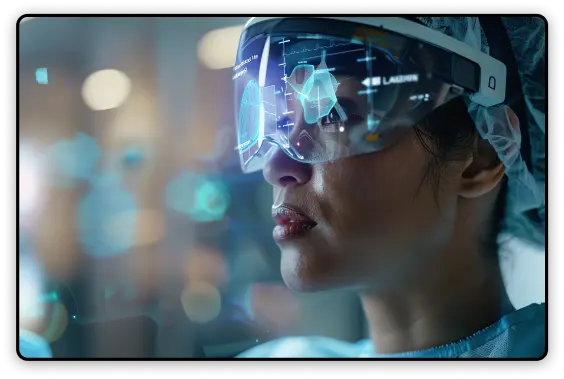
Health Monitoring Devices
You can seamlessly integrate our apps with health monitoring devices to ensure constant tracking of vital signs and real-time data analysis. Whether you're using blood glucose monitors or heart rate sensors, our applications provide instant access to critical health metrics. Enhance patient care and decision-making with our intuitive solutions, designed for continuous monitoring and immediate intervention.

Wristwear
The key to tracking physical activity and vital signs is wrist-worn technology. With the help of our software, these gadgets are made fully functional and offer insights that help proactive health management and avert problems.
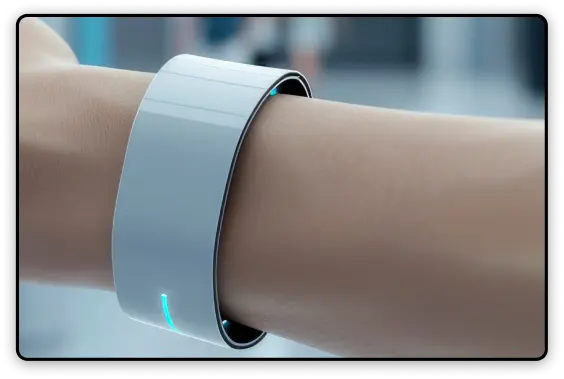
Smart Watch
You can send out emergency messages, prescription reminders, and health alerts on the go using smartwatches. Our development services guarantee that your smartwatch applications are user-friendly and efficient, boosting patient participation and raising the standard of care.
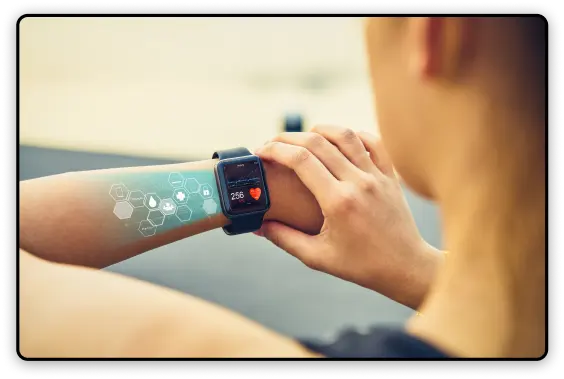
Reduce Costs and Improve Care with Our Wearable App Development Services
Smart Watch App Development
- Smartwatches can be fully utilized with personalized apps that provide real-time health monitoring and patient communication. By incorporating these apps into your healthcare system, you may improve patient outcomes, cut down on hospital visits, and streamline operations.
Fitness Tracking App Development
-
Create applications that track fitness parameters and encourage wellness to improve patient involvement and preventive care. Our fitness tracking apps give patients useful information to help them make better decisions, which eventually lowers healthcare expenses.
Android Wearable App Development
- With our proficiency in Android wearable app development, you can be confident that you have dependable, high-quality apps for a variety of Android-powered devices. These apps enhance functionality and connectivity with healthcare systems and are customized to meet your individual needs.
Apple Watch/iOS Wearable App Development
- You can leverage the full potential of the Apple Watch with our tailored iOS wearable apps. Our apps are designed to enhance patient monitoring and engagement, providing dependable, high-quality solutions that meet your specific healthcare needs.
Google Glass App Development
- Discover the benefits of Google Glass in healthcare with our tailored app solutions. From augmented reality features to real-time data access, our apps provide innovative ways to enhance clinical operations and patient care.
Multi-Platform Integration
- Make sure your wearable applications function properly on various platforms. Our multi-platform integration services facilitate effective data transfer between systems and devices and offer a consistent user experience.
IoT Wearable App Development
- Integrate your wearables with IoT technologies to improve data collection and analysis. Our IoT wearable app development makes smarter healthcare solutions possible, enabling automated reactions and real-time monitoring.
Wearable App Development with the Touch of Generative AI
Personalized Fitness Coach

Personalized Fitness Coach
Explore More
Sleep Improvement Assistant
Explore More

Sleep Improvement Assistant
Explore More
Health and Wellness Chatbot
Explore More

Health and Wellness Chatbot
Explore More
Mental Health Companion
Explore More

Mental Health Companion
Explore More
Remote Patient Monitoring
Explore More

Remote Patient Monitoring
Explore More
Why Go for Wearable App Development?
By investing in wearable app development, your company can solve important healthcare issues and reap major rewards.
Remote Fitness Tracking
Wearable technology makes it possible to remotely monitor patient health, which eliminates the need for in-person visits and promotes proactive care management.
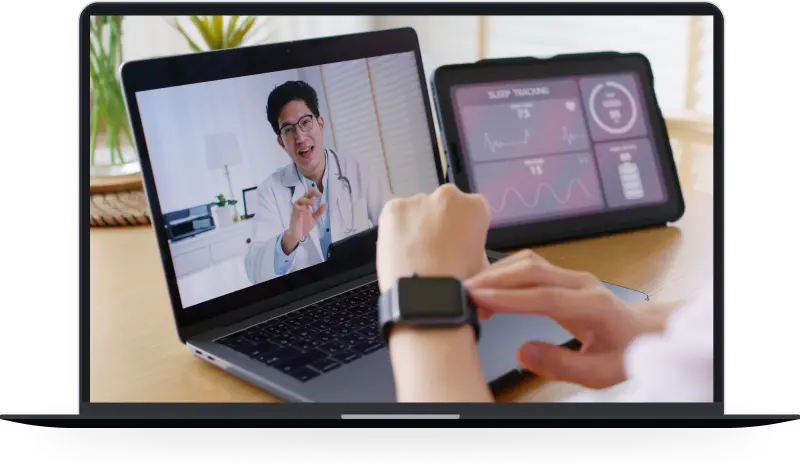
Real-Time Accessibility
Gain instant access to patient data, which will enable more informed decisions to be made in both normal and emergency scenarios.
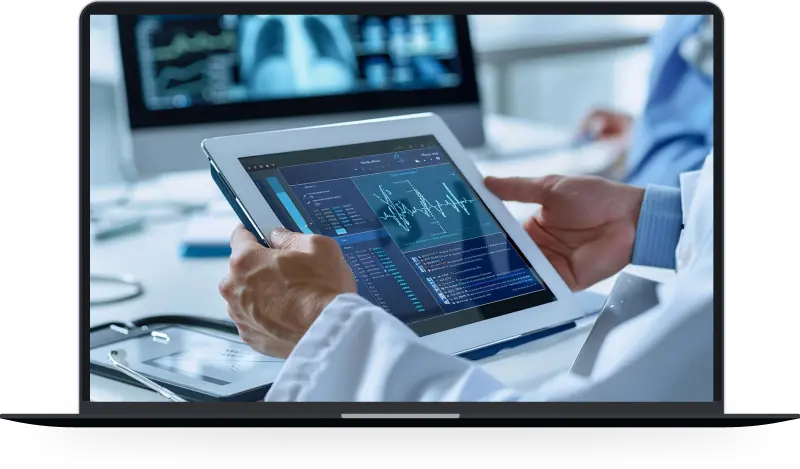
Personalized Recommendations
By providing patients with individualized health recommendations based on real-time data, you can enhance their adherence to treatment regimens and general health results.

Hands-Free Operations
Improve clinical effectiveness by giving healthcare professionals hands-free access to vital information, which will free them up to concentrate more on patient care.
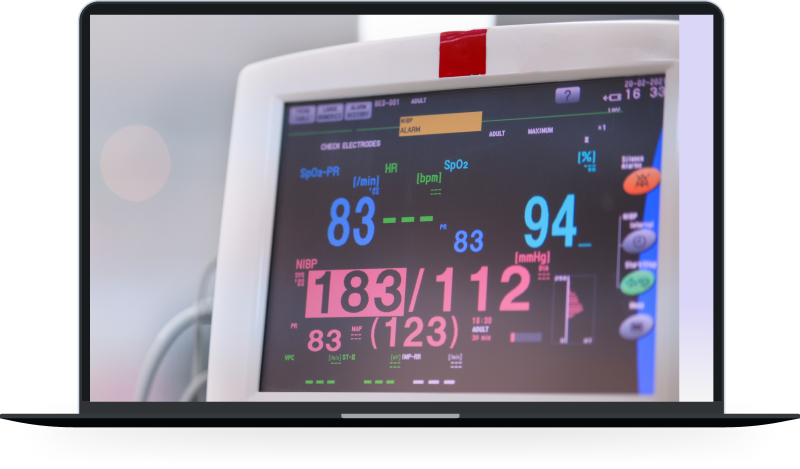
Gamification
Incorporate captivating components into your applications to encourage patients and enhance program adherence, resulting in more interactive and efficient care.

Highly Secure
Advanced security measures safeguard confidential health data, guaranteeing that your wearable apps abide by privacy laws and uphold patient confidence.
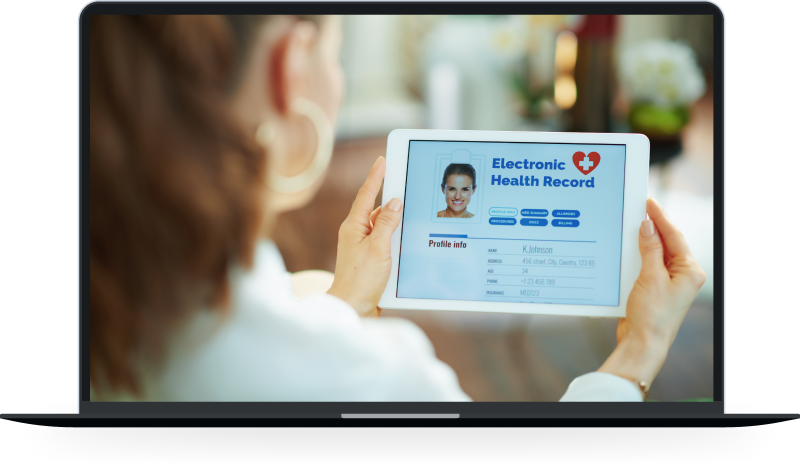

Helping SMEs & Startups Embrace Wearable App Development Technologies
Wearable APIs
Machine Learning (ML)
Near Field Communication

IoT (Internet of Things)
Natural Language Processing
AR/VR
Hire Expert Wearable App Developers
Resolve poor patient engagement, inefficient data management, and lack of real-time monitoring.
Our Tech Stack for Wearable App Development
.Net
Ruby on Rails
Python
React
JavaScript
Angular
Android
Android
Cloud-Based Platform
My Sql
MongoDB
Sql
Azure
Firebase
GCP
AWS
iOS
Ensuring Efficient and High-Quality Wearable App Development
Step 01
Requirement Gathering
We carefully listen to your needs to ensure your app aligns with your healthcare goals.
Step 02
Design and Prototyping
We develop user-centered designs and prototypes that are functional and usable.
Step 03
Development
Our team creates dependable and secure applications that are scalable and strong.
Step 04
Testing and Quality Assurance
We ensure the software meets all functionality, performance, and compliance standards.
Step 05
Deployment
We guarantee a seamless transition and top-notch wearable app performance.
Step 06
Post-Launch Support and Maintenance
We offer continuous support and maintenance to keep them updated and performing at their peak.
Ensuring Efficient and High-Quality Wearable App Development
01.
Requirement Gathering
We carefully listen to your needs to ensure your app aligns with your healthcare goals.
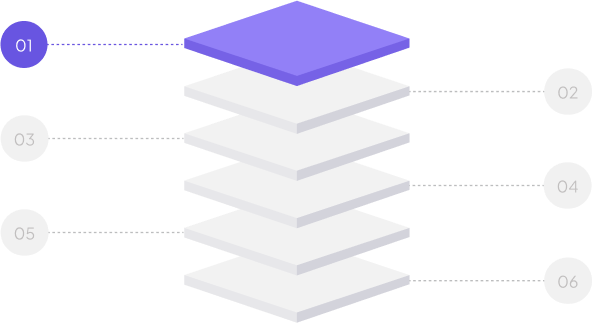
02.
Design and Prototyping
We develop user-centered designs and prototypes that are functional and usable.

03.
Development
Our team creates dependable and secure applications that are scalable and strong.
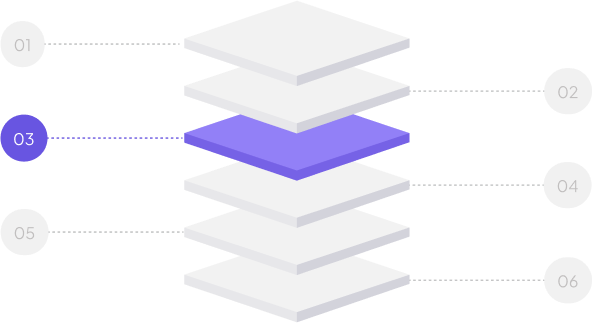
04.
Testing & Quality Assurance
We ensure the software meets all functionality, performance, and compliance standards.
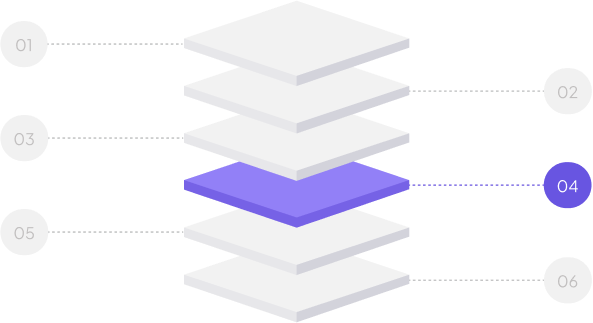
05.
Deployment
We guarantee a seamless transition and top-notch wearable app performance.
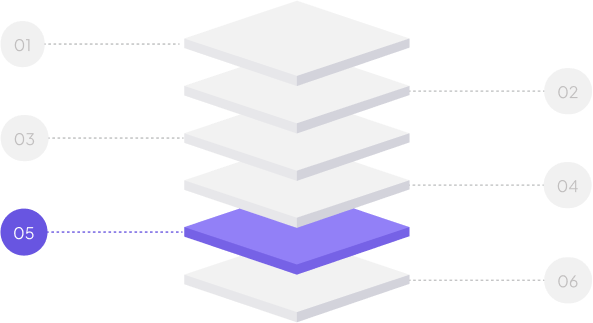
06.
Post Launch Support & Maintenance
We offer continuous support and maintenance to keep them updated and performing at their peak.
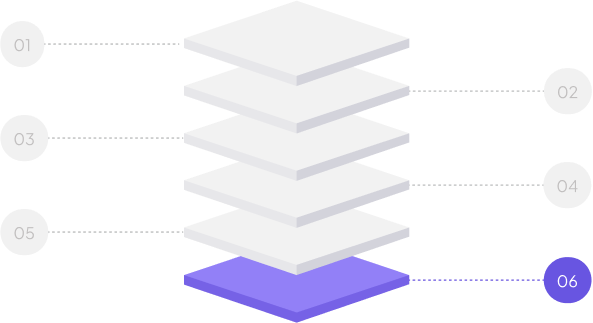
Seeking a Feature-Rich Wearable App to Grow Your Healthcare Business?
FAQ's
How does wearable technology work?
What is the wearable app development cost?
Why choose Folio3 for iOS and Android wearable app development?
Does healthcare app development services involve developing home healthcare and telemedicine platforms?
Get in Touch
